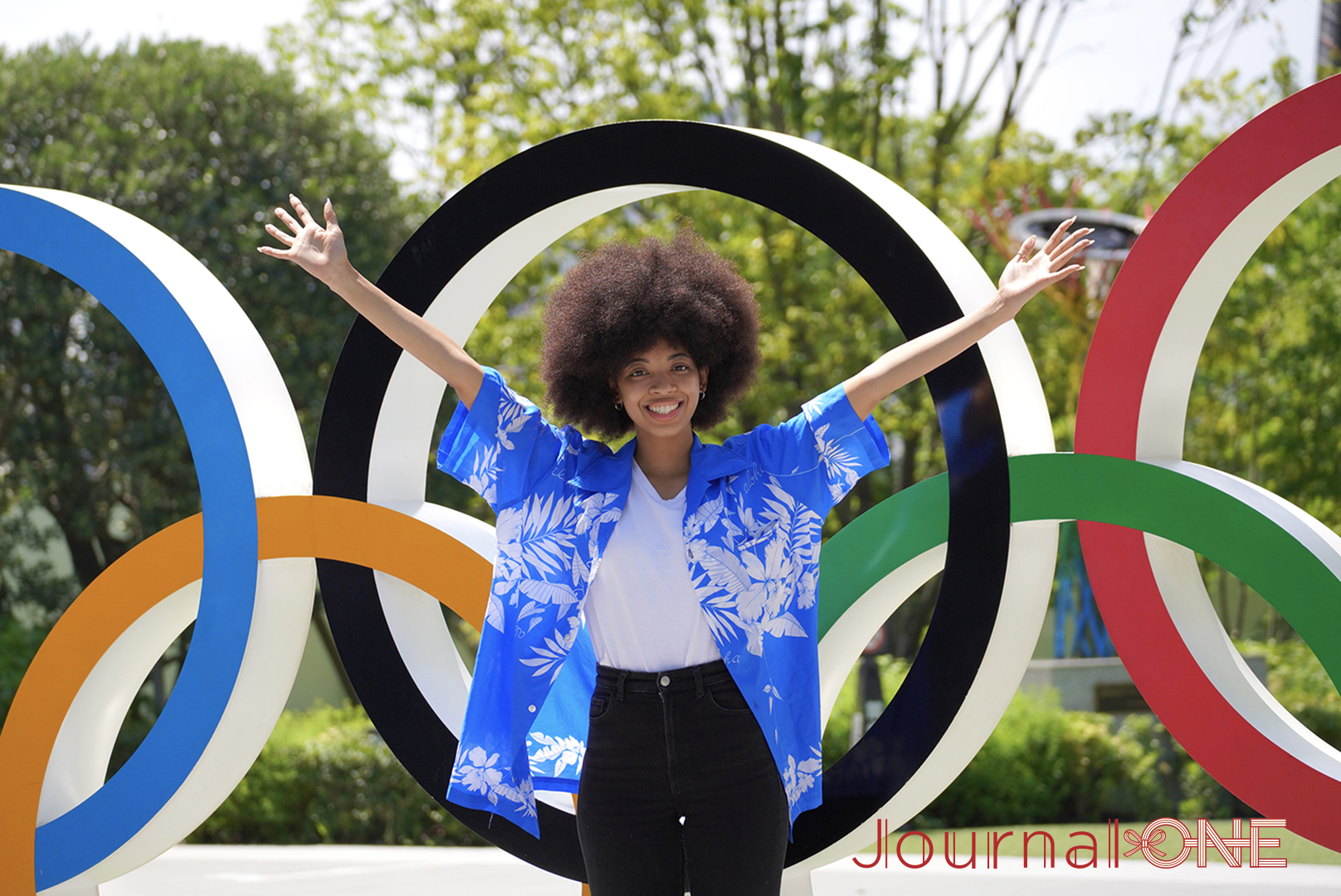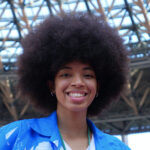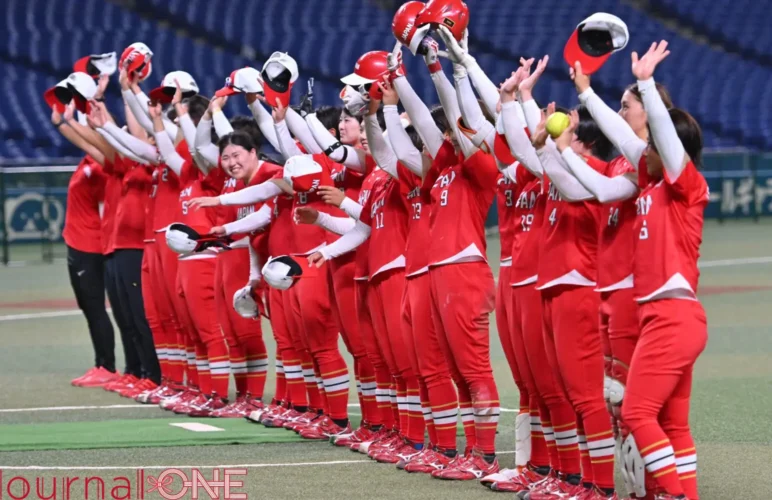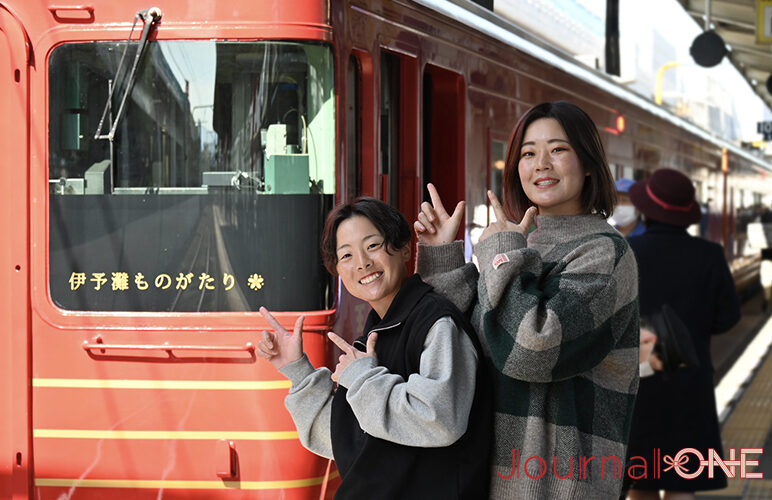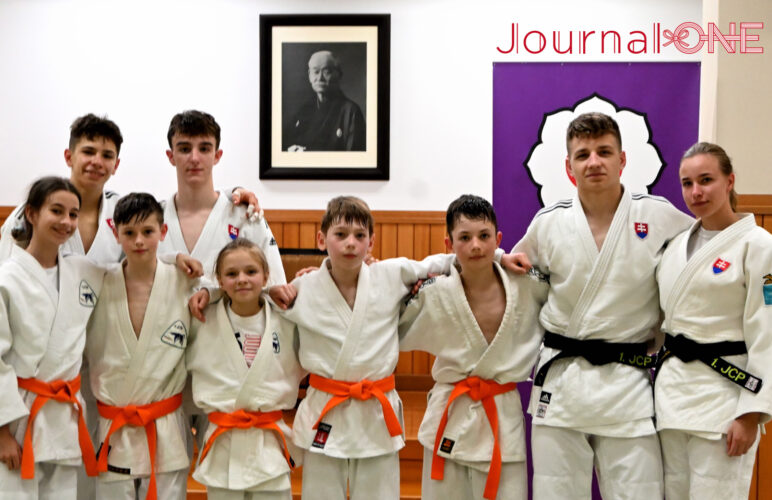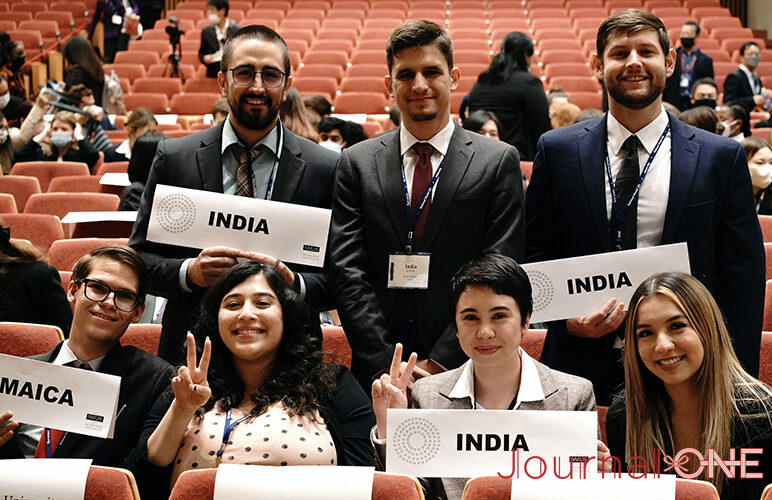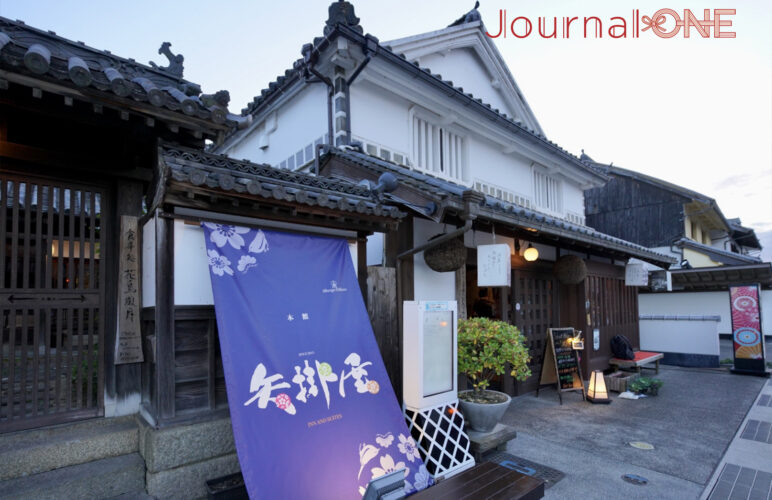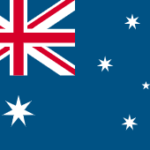A year has passed since the Tokyo 2020 Olympic and Paralympic Games were held.
On July 23, 2022, exactly a year since the opening ceremony, the “Tokyo 2020 Olympic and Paralympic Games first year anniversary ceremony” was held, and I went to see it for myself.
Participants in the ceremony included Yuriko Koike (The Governor of Tokyo), Seiko Hashimoto (President, The Tokyo 2020 Organising Committee), Koji Murofushi (Commissioner, Japan Sports Agency), boxer Sena Irie, wheelchair rugby player Daisuke Ikezaki, and many other Olympians and Paralympians.
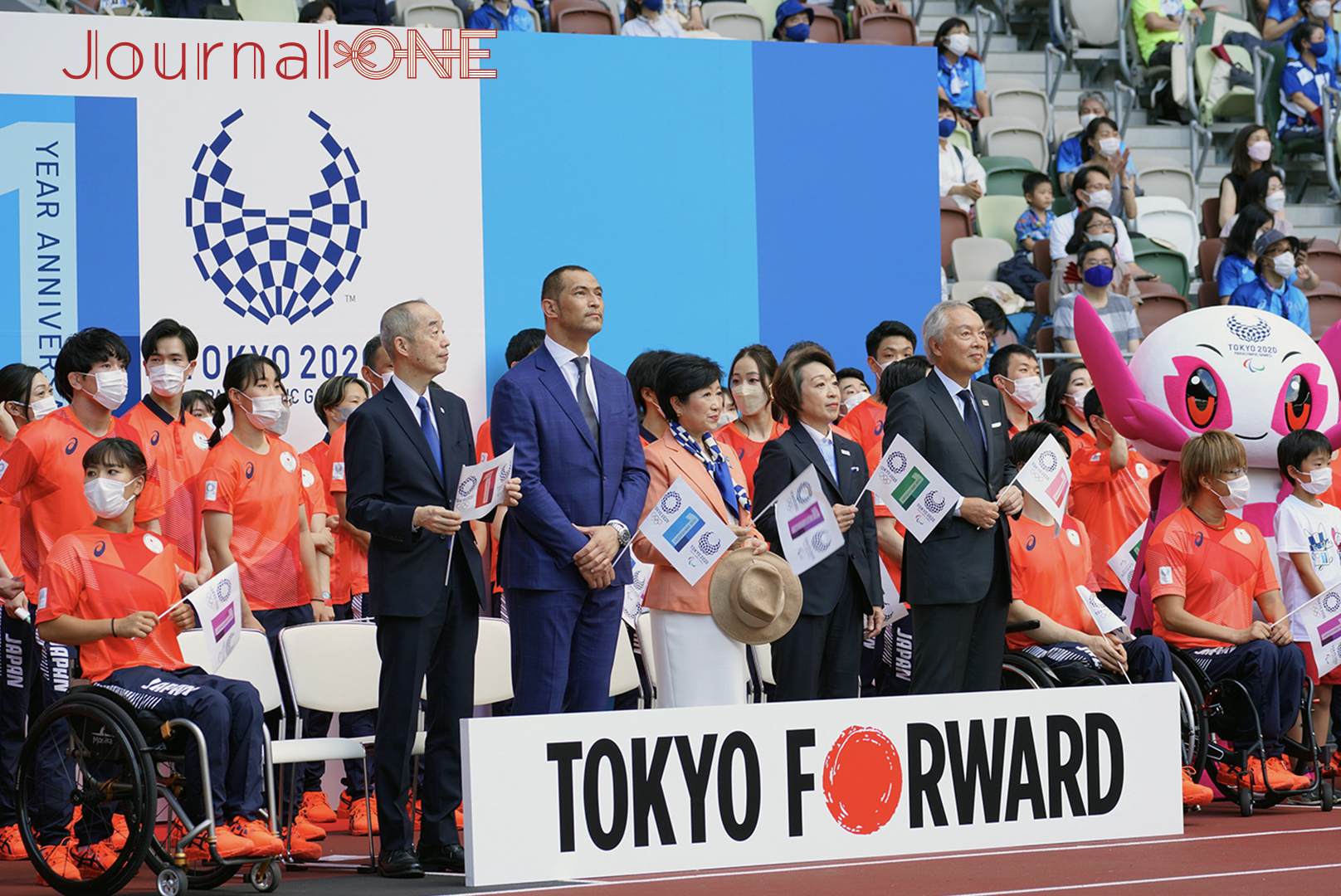
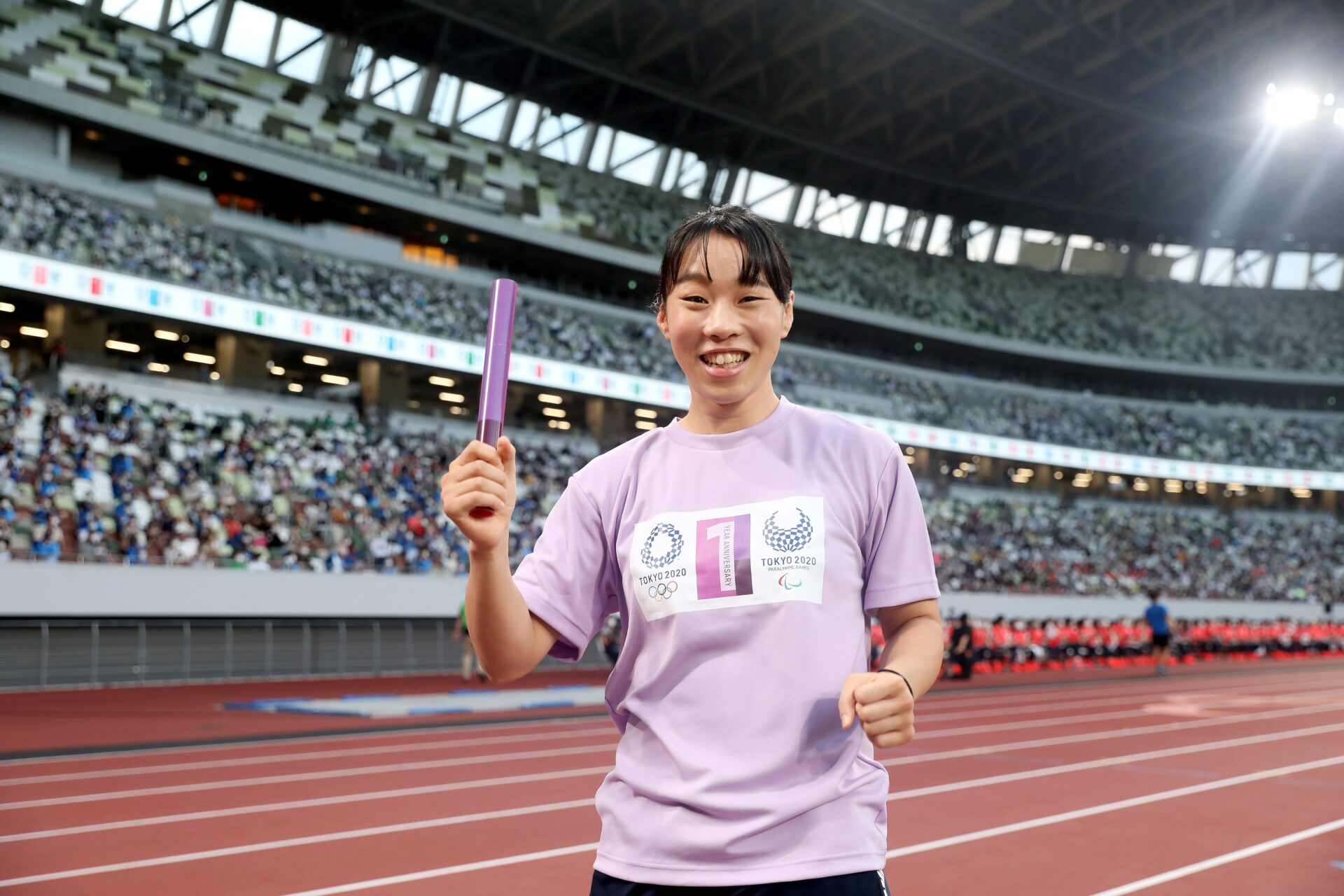 Tokyo Metropolitan GovernmentⒸ
Tokyo Metropolitan GovernmentⒸ
I interviewed Mr. Teruomi Kaneya (Sports Promotion manager at the Bureau of Citizens, Culture and Sports), who organized events including the above for the “Tokyo 2020 Games first year anniversary project ~TOKYO FORWARD~”.
“This event was organized in appreciation for all the support received to make the Tokyo 2020 Games a success, even during difficult times with the COVID-19 pandemic. I hope everyone has a great experience at the Japan National Stadium, where the Olympic opening ceremony was actually held!” – Mr. Kanaya.
He talked about his feeling of great enthusiasm and passion toward this event. I have written about this interview in more detail here, so I recommend you check it out as well!
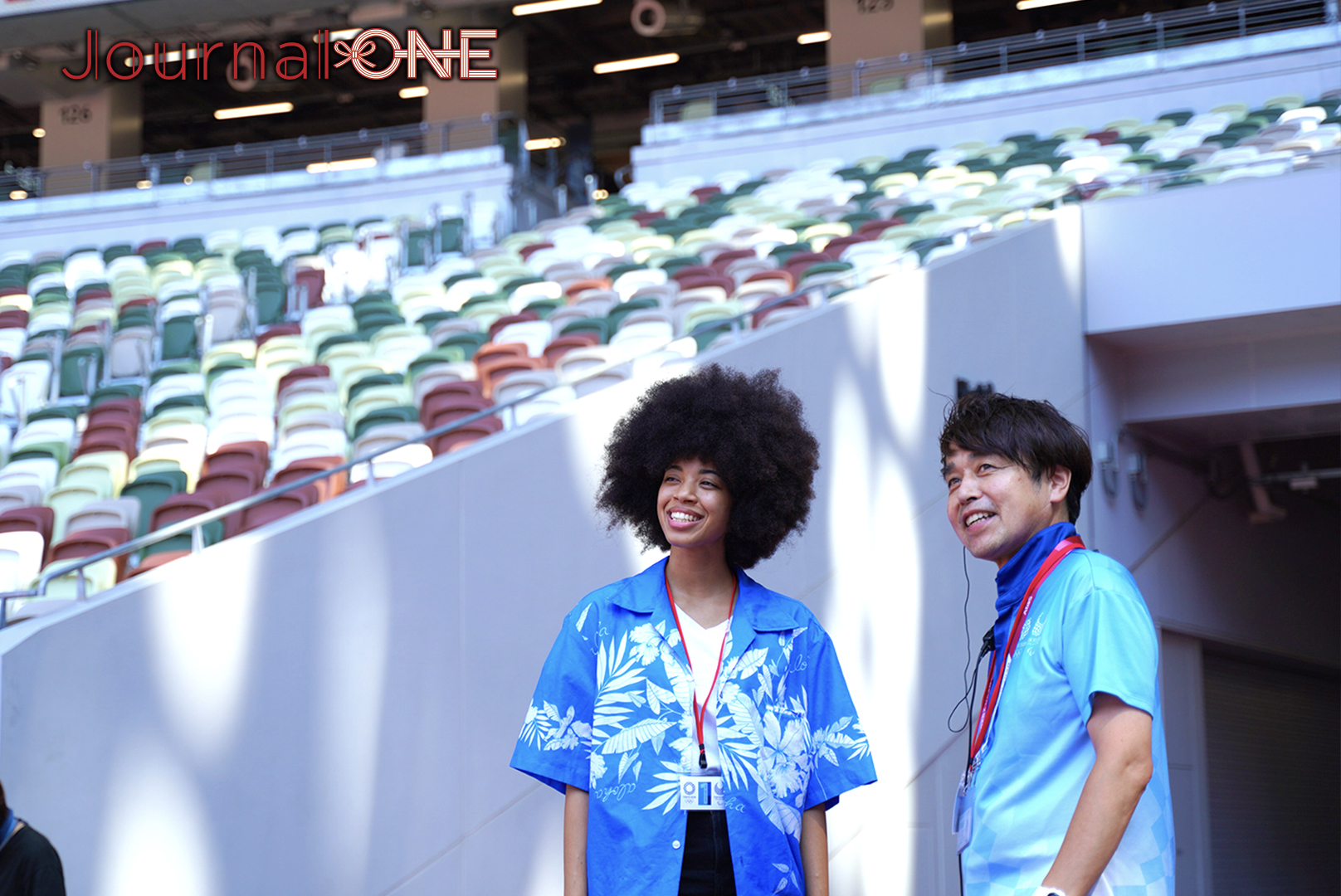
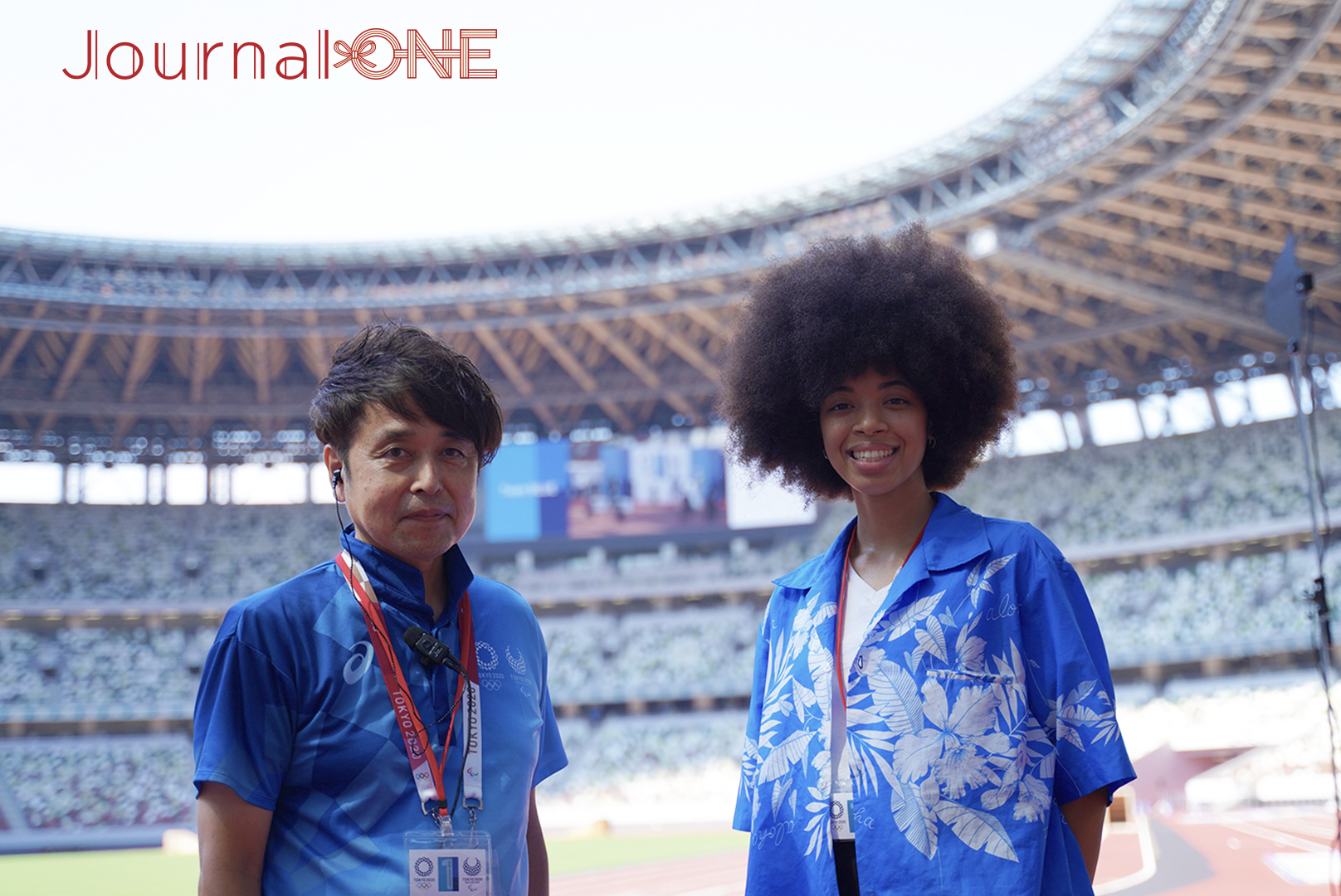
It was my first time going into the pitch, and it was huge! The spectator seats were huge, too! The screens were easy to see!
Almost all of the 15,000 visitors took their seats, taking precautions to prevent infection, as soon as the doors of the stadium were open. I’m guessing the visitors enjoyed various other events taken place outside the stadium that morning while waiting for the opening.
I went to see these events earlier that day, and many people seemed to be having fun experiencing activities using digital technology, such as wheelchair racing in VR and an AI physical test that tells you which Olympic sports is the perfect match for you. On participating cultural activities, I got a furoshiki that turns into Mt. Fuji when you tie it. I was very happy about that.
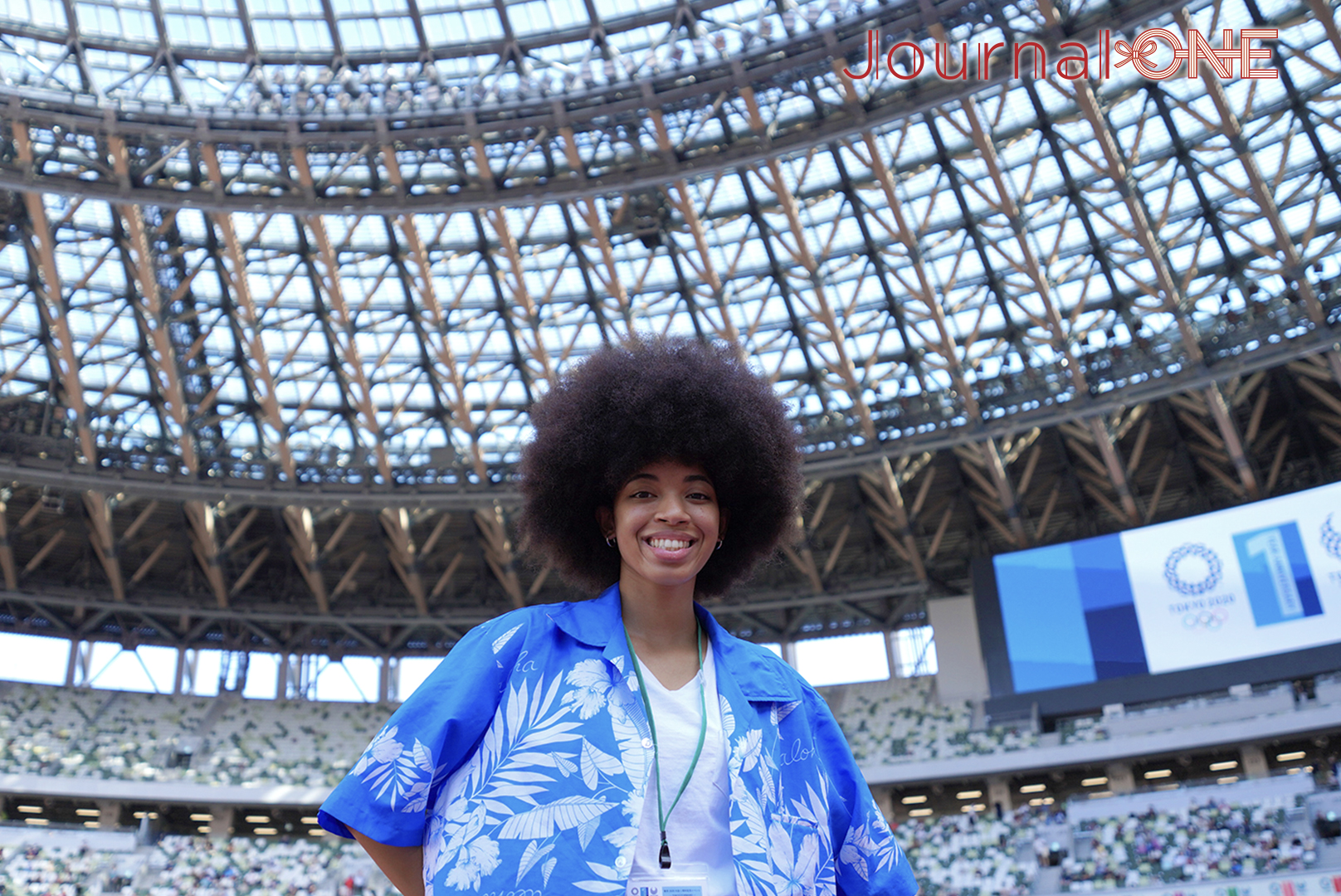
 Tokyo Metropolitan GovernmentⒸ
Tokyo Metropolitan GovernmentⒸ
Now, it’s time for the ceremony to start.
Mrs. Koike, the governor of Tokyo conveyed a strong message to pass on Tokyo 2020 Games’ legacy to the future, saying “The Tokyo Olympics ended as a success, ensuring safety and security. Now we are starting another new phase after the Games. With the concept of TOKYO FORWARD, let us make a brand-new future through sports.”
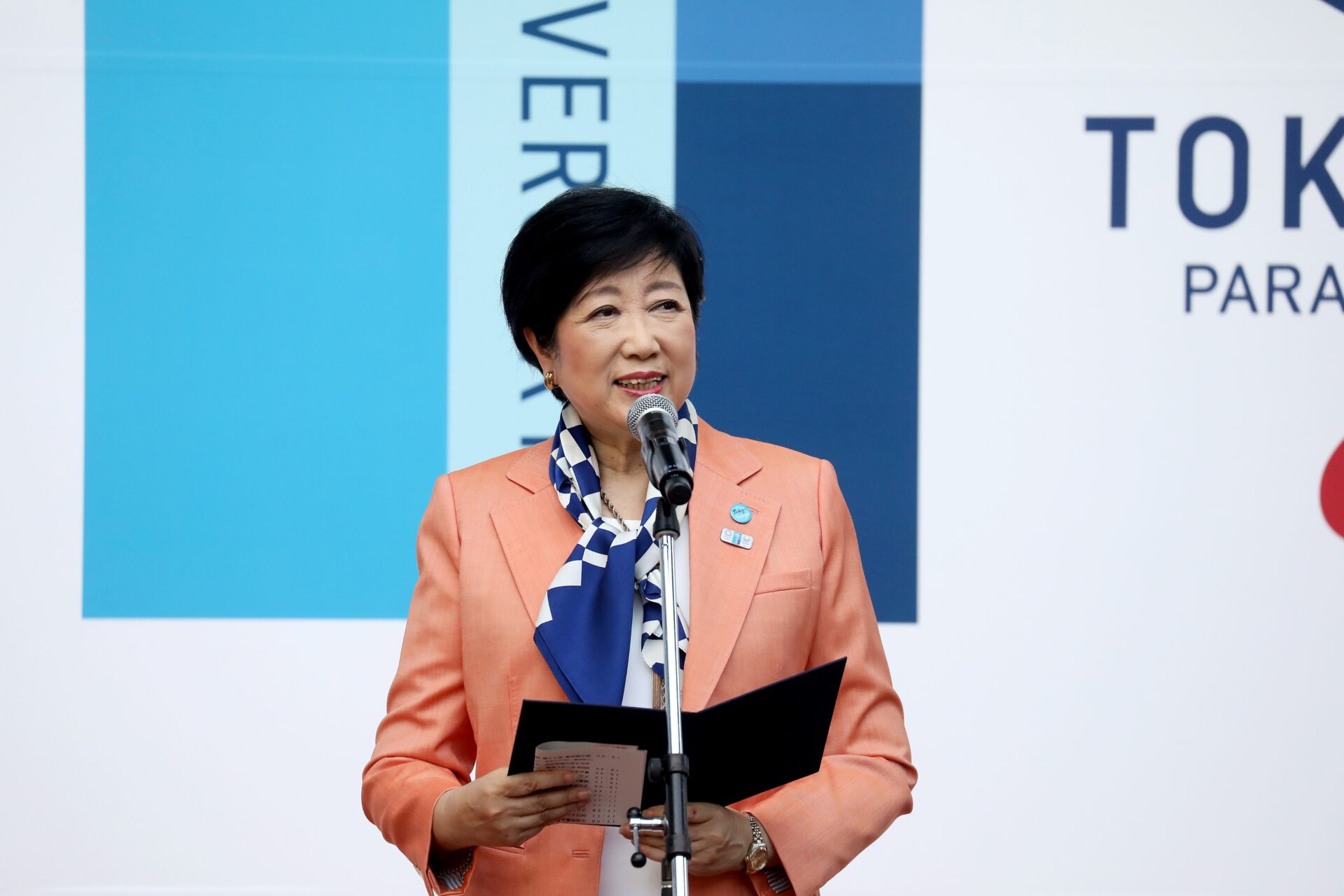 Tokyo Metropolitan GovernmentⒸ
Tokyo Metropolitan GovernmentⒸ
Finally, the event I have been waiting for has begun!
It’s the recreation of the Tokyo 2020 Olympics’ Parade of Nations at the opening ceremony I watched on television last year.
The marching band at the front goes past, playing the same songs as the Olympic ceremony. The guests including Mrs. Koike and Japanese Olympians and Paralympians wearing bright orange tracksuits march along, waving at the spectators.
Normally, Olympians and Paralympians do not march together at the parade, so this was a special performance that can only be seen at TOKYO FORWARD!
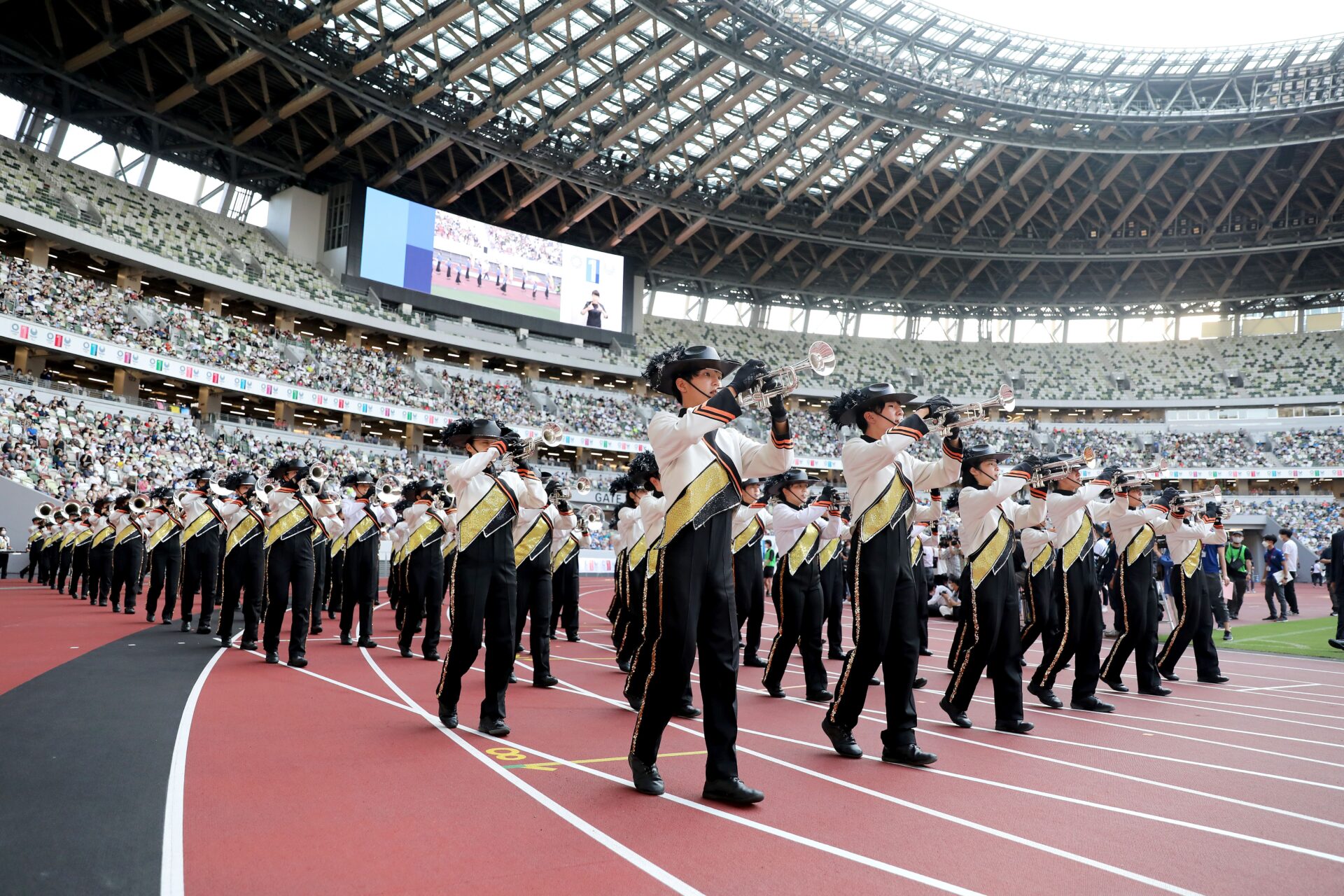 Tokyo Metropolitan GovernmentⒸ
Tokyo Metropolitan GovernmentⒸ
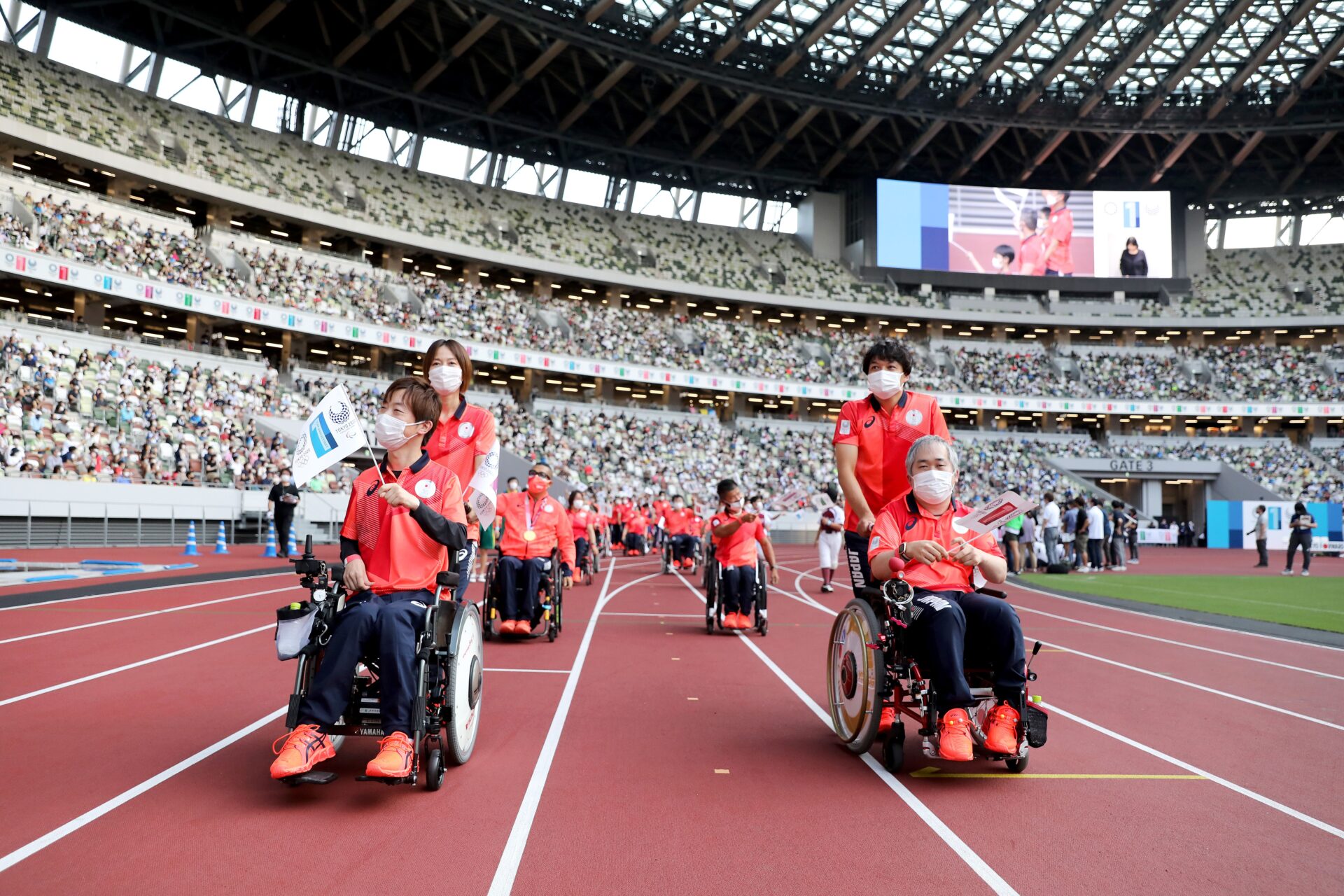 Tokyo Metropolitan GovernmentⒸ
Tokyo Metropolitan GovernmentⒸ
What’s more, the volunteers at the Tokyo 2020 Games were participating in the parade, too. They were an indispensable existence for the success of Tokyo 2020.
The COVID-19 crisis restricted the connections between people and the Japanese culture ‘omotenashi’ that had been prepared to welcome visitors from around the world.
Even in these difficult times, the volunteers did everything they could. Here they are, with big smiles on their faces, representing people who still work voluntarily in each region of the country. This sure was one legacy connected to the future.
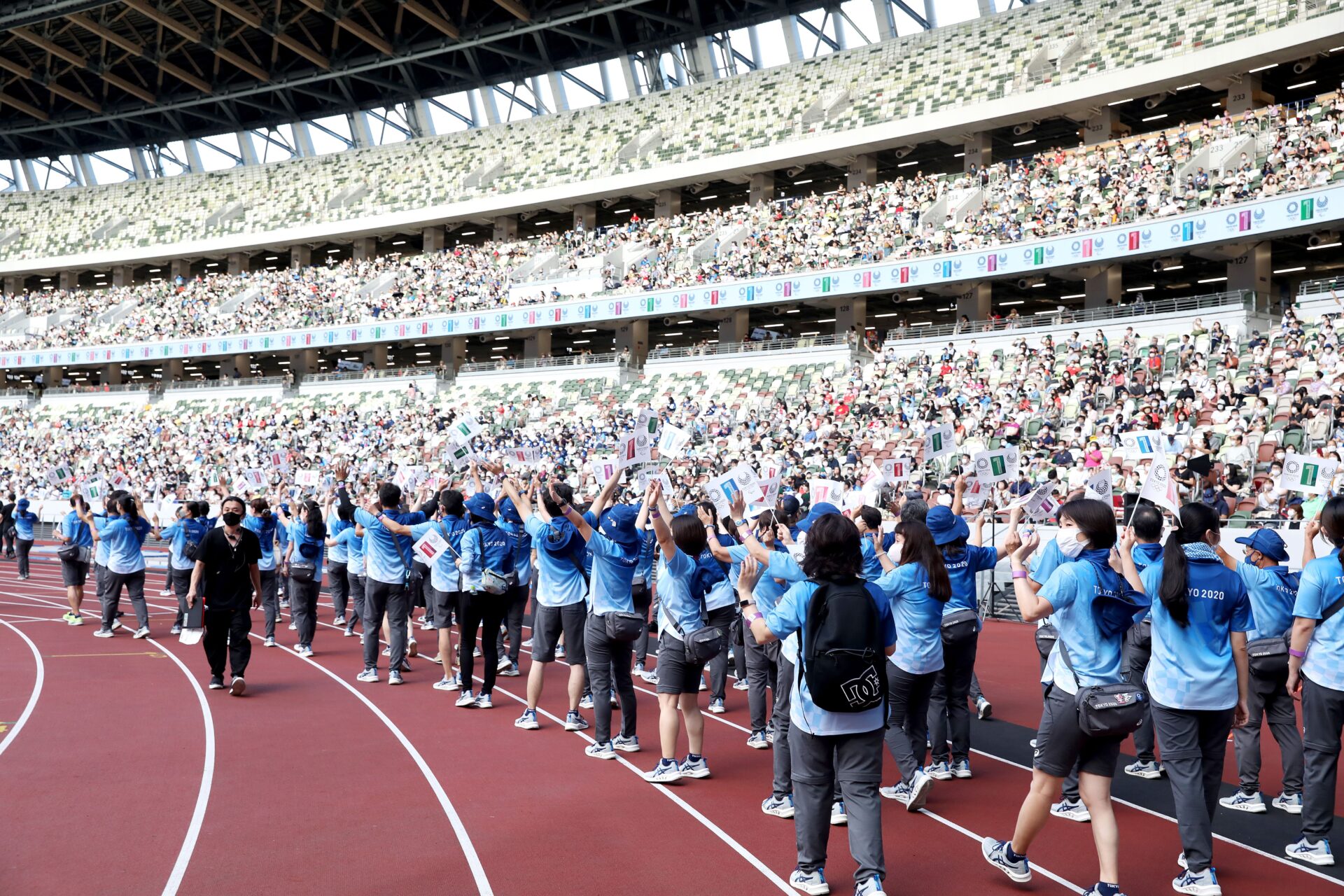 Tokyo Metropolitan GovernmentⒸ
Tokyo Metropolitan GovernmentⒸ
The crowd was shown video messages from IOC president Thomas Bach and IPC president Andrew Parsons, and entertained by games and a relay race they could participate. The event reached its climax with the spectacular voice of singer SennaRin.
There are lots of more events and competitions to come at the new Japan National Stadium. The Jingu Stadium, Chichibunomiya Rugby Stadium, and the Olympic symbol monument located around the stadium is also a great tourism spot centered on sports.

The Japan Olympic Museum is close to this area too, and there is no way I’m missing out on another one of Toyo 2020’s legacies!
I was lucky to be guided by the curator of the museum, Mr. Shimoyu, so don’t miss out on the report I wrote about it.
“Each city that hosted the Olympic Games has its own Olympic Museum, and most of them are managed by that city, but this one is the first ever museum to be managed by the country’s Olympic Committee,” Mr. Shimoyu says.
The Olympic Committee itself is trying to communicate the message the Olympics hold, in addition to expressing the importance and the excitement of sports and the Olympic Games.
“The museum has 3 areas: the welcome area here at 1st floor, 2nd floor’s exhibition area, and the monument area outside.” The tour begins with Mr. Shimoyu’s explanation of the museum.
We then took a picture at the welcome salon with the Olympic torch in the back. I’m already getting excited!
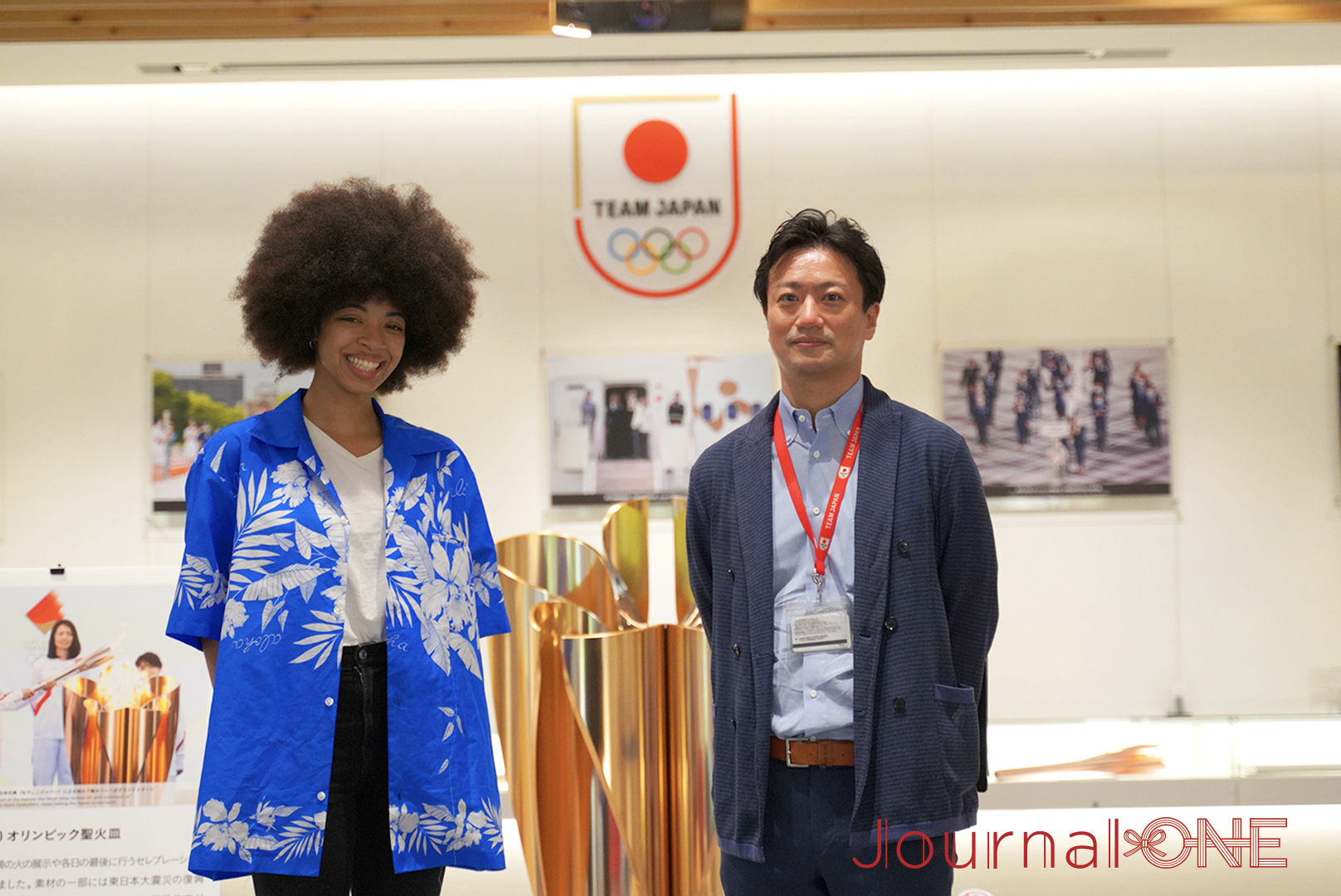
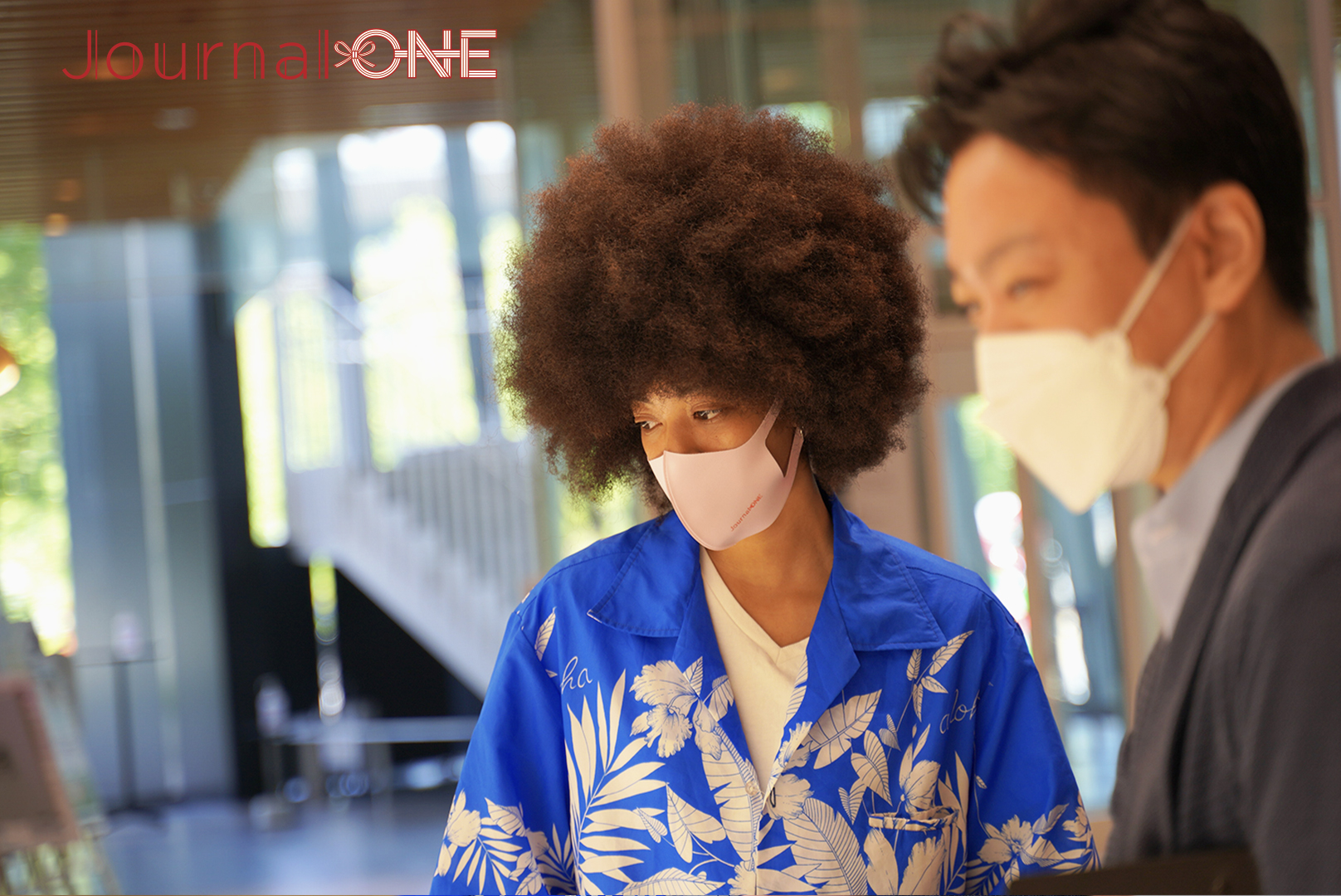
At the exhibition area on the 2nd floor, you can see exhibitions explaining the history of the revival of the Olympics. There is also information about other Olympic Games held in Japan (I wasn’t born when the Nagano Olympics was held…).
I was so impressed by all the valuable exhibitions, time seemed to pass so fast.
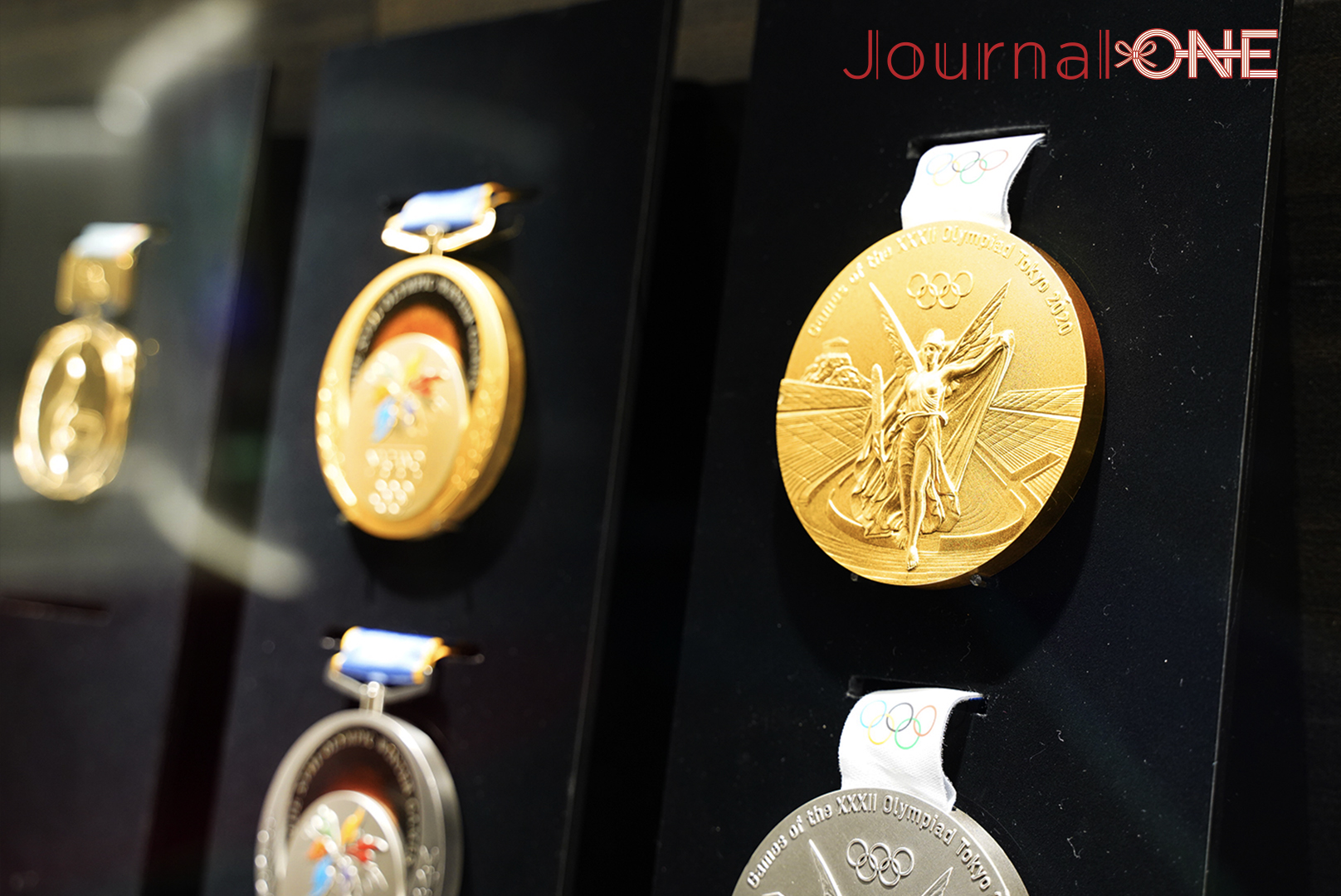
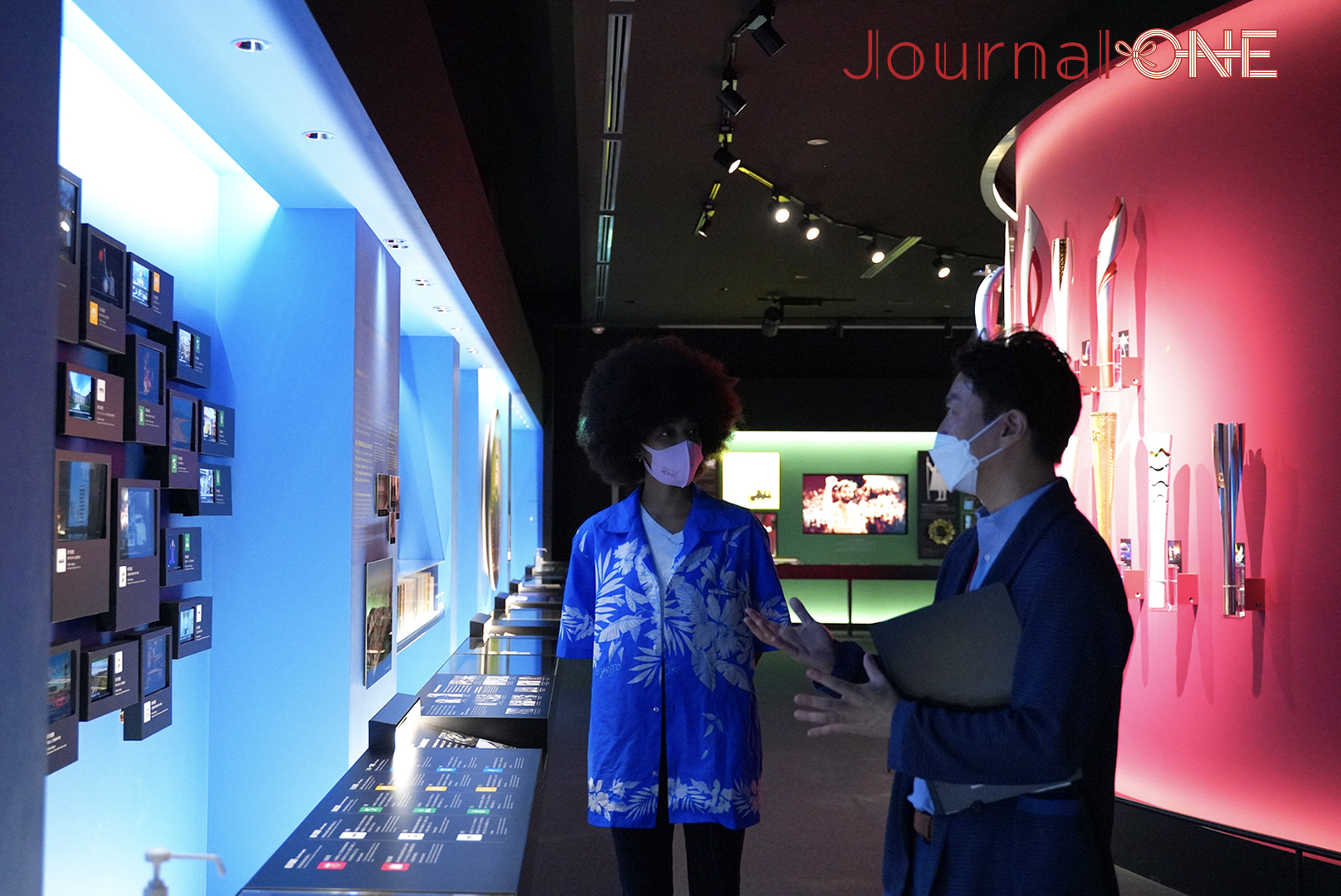
At the Olympic sports area, I enjoyed myself measuring my abilities in sports like track and field, shooting, throwing, and jumping. I had a great experience comparing my abilities to that of Olympian legends.
I was amazed by the length of Usain Bolt’s strides, the height of Lebron James’ jump, and the force of Koji Murofushi’s hammer throwing! It was extremely impressive to actually feel the physical abilities of world record-breaking athletes.
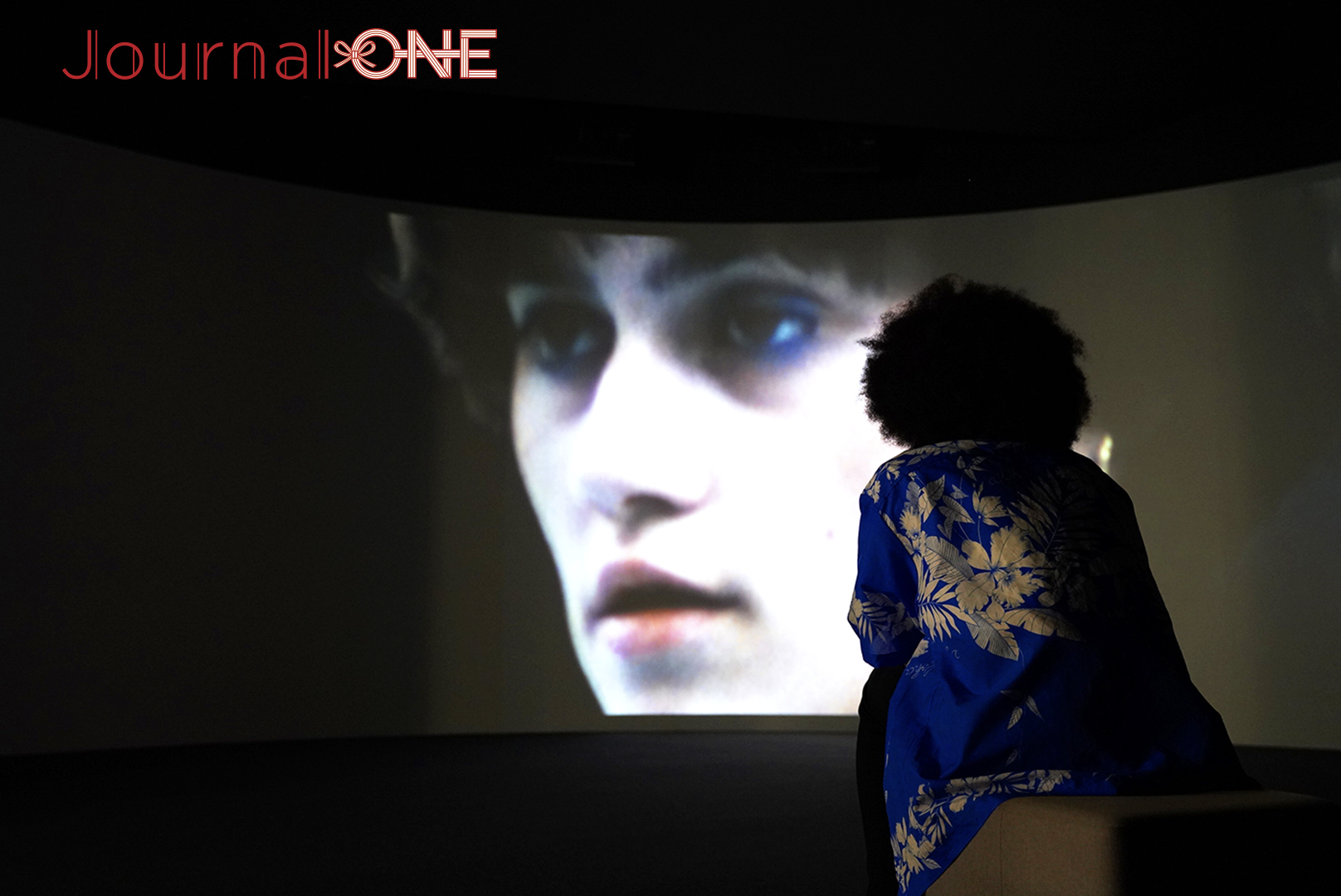
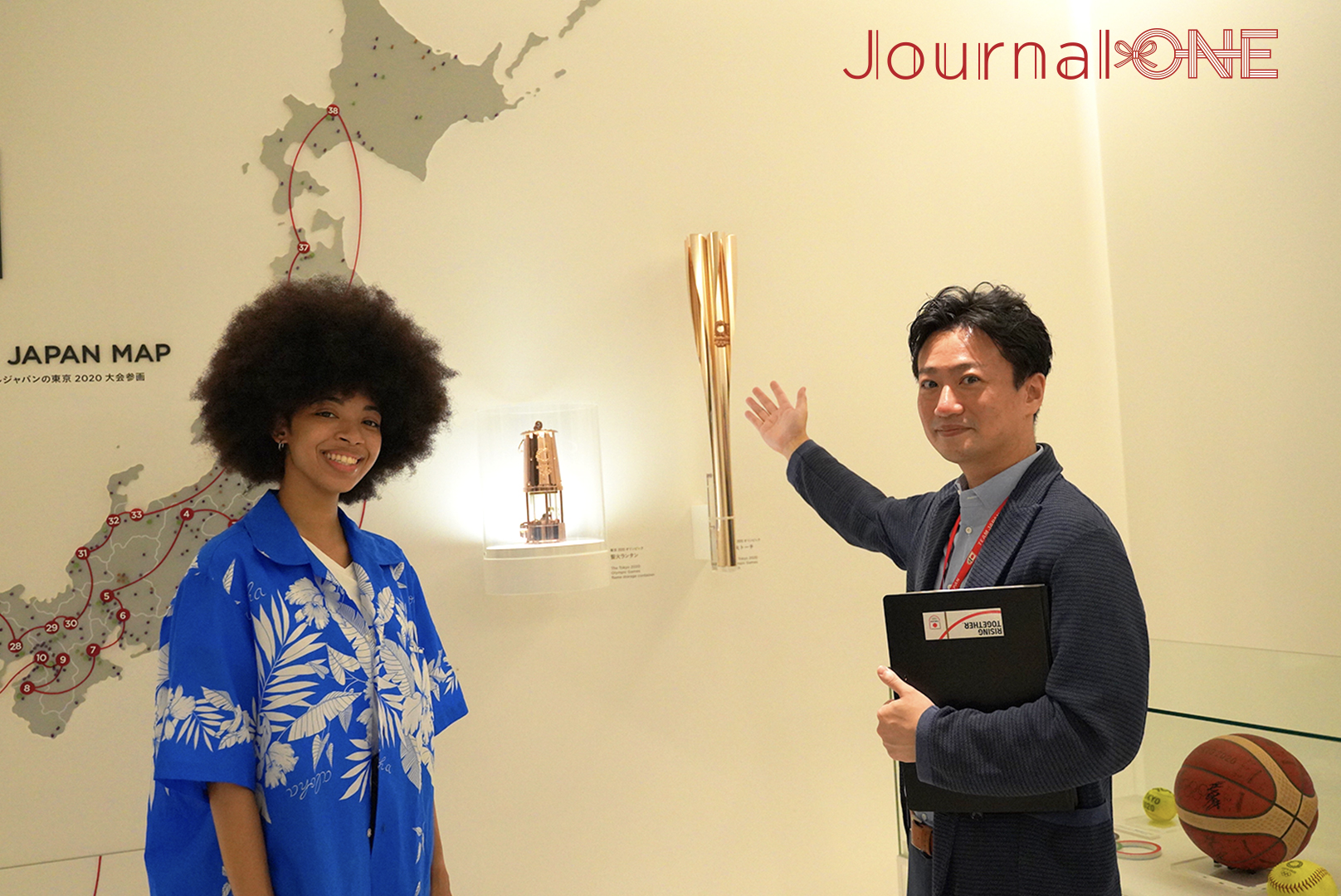
The Olympism story area grabbed my heart the most. I couldn’t hold back my tears watching each Olympian’s interview and episodes, hearing them talk about their ways of thinking and living…
I forgot about the interview and stayed there watching for hours and hours.
“It was hard work collecting each athlete’s episodes and their feelings, then building a story easy to understand. Looking at you being moved by this makes me happy to have worked hard on this project.” I was again impressed by this comment made by Mr. Shimoyu.
The history of the Olympics, the cities that have evolved after hosting the Olympic Games, the athletes’ performance… I wanted to stay there all day looking at every one of the exhibitions. The museum was a great place where I realized the meaning behind the Olympics, and where I felt things like “The Olympics really is a symbol of peace,” or “The next time I watch the Olympics, I shouldn’t take it for granted.”
My experience at the Japan Olympic Museum cannot be described well enough in this report, so please check my other report where I talk about it with more detail.
You can entertain yourself for one whole day at the area around the national stadium, but of course, you also need a memorable lunch! I recommend the restaurant ‘EAST WIND GAIEN’ at the Nippon Seinenkan hotel.
As soon as I went up to the Nippon Seinenkan hotel’s reception floor in an elevator, I was greeted by the Jingu’s green woods outside the all-glass window.
Down below, I could see the baseball game taken place at the Jingu Stadium, and it was an odd but amazing sight.
I took a glance at the lunch menu and was surprised to see dishes made with seasonal foods from around the country.
“We work together with the National Youth Association (Seinendan) to obtain information on seasonal foods, to purchase them, and to create menus. That is what’s special about this restaurant,” the head chef Mr. Kuramoto says.

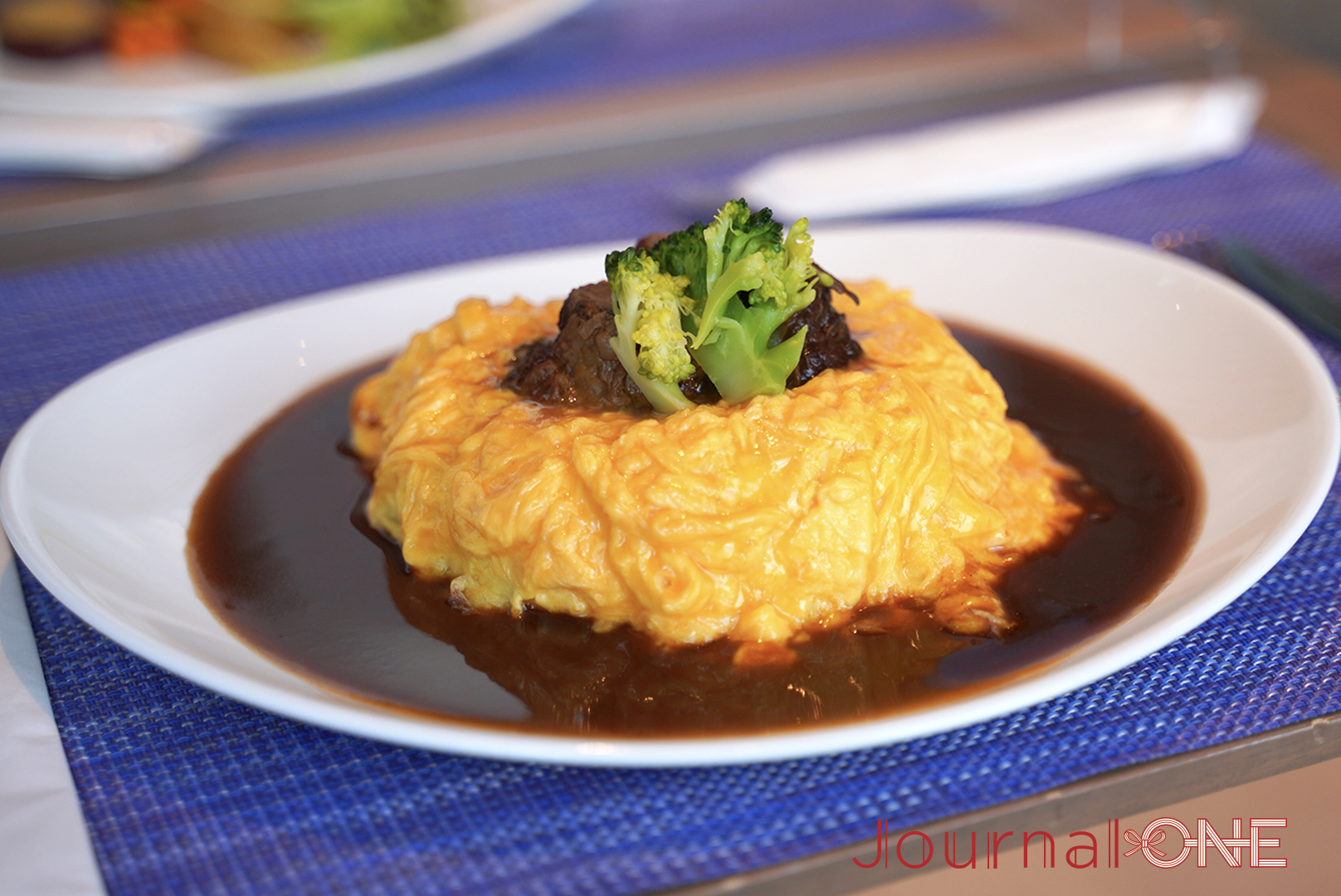
The interview staff and I ordered 3 different dishes:
‘omuraisu (omelet with rice) made with himawari eggs from Aomori’ (1,760 yen)
‘Australian sirloin steak in Japanese-style onion sauce with Nagamon Yuzukichi’ (1,760 yen)
‘100% hamburger steak with demi-glace sauce’ (1,760 yen)
Every dish had a flavoring to make each ingredient’s specialties stand out, and I’d love to try other dishes the next time I visit there.
The secret to obtaining ingredients and more details on the impressions of each dish is explained here!
In the area around the Japan National Stadium, many events take place at night: sports events, live events, fireworks, etc.
For those who want to end the day feeling the excitement and go to bed basking in the afterglow of these events, Nippon Seinenkan hotel is prefect!
“The hotel was built during the Taisho era with contributions from the Youth Association from around Japan. We have been making connections with people for over 100 years, supporting the Youth Association and the promotion of sports,” the hotel manager Mr. Sukenari told me.
I can’t believe this beautiful, seemingly new hotel has existed for more than 100 years…
Next, I went up to the upper floor and got a tour of the hotel rooms.
All the rooms are located above the 10th floor, so you can get a view of the Jingu’s green woods even from your room!
There were also special ventilation holes to make the stay more comfortable and suite rooms where creative meetings could be set up. These ideas are something this hotel could come up with, because of the long history it holds here at the Jingu Gaien.
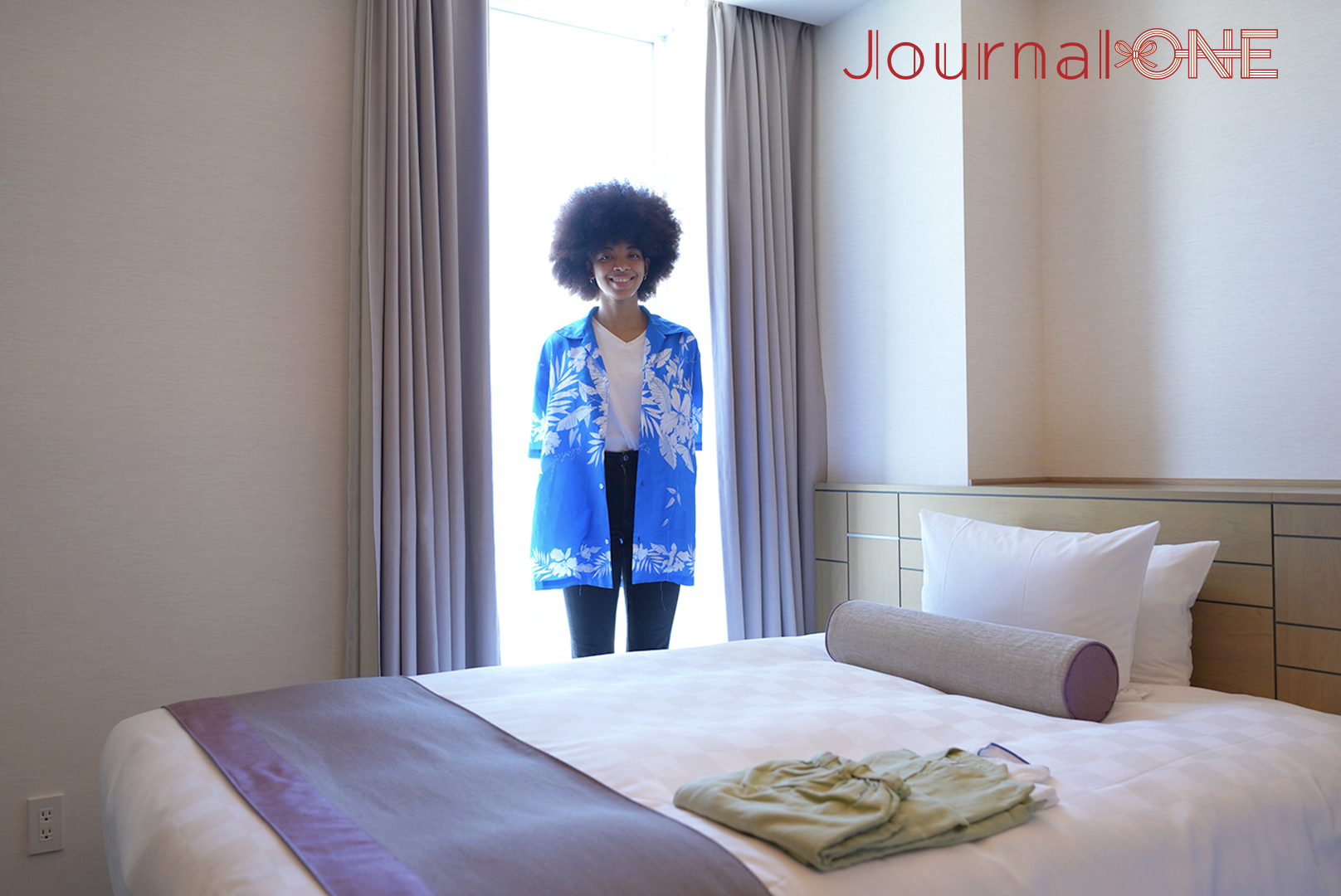

There’s too much to mention here about the Nippon Seinenkan hotel, so please visit here for more.
The area around the Japan National Stadium has become more attractive thanks to the Tokyo 2020 Olympic and Paralympic Games.
I was able to feel the importance of Tokyo 2020’s legacy through heart-warming people I met in this interview.
I’ll be posting videos and photos on Instagram too, so be sure to visit and enjoy the area around the national stadium!

